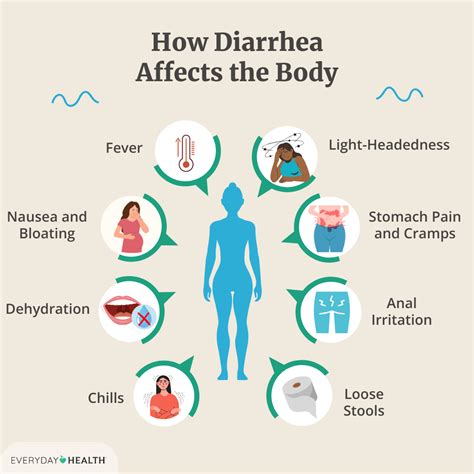Amlodipine, a medication that has been a cornerstone in the treatment of various cardiovascular conditions, is primarily used to manage high blood pressure (hypertension) and angina (chest pain). It belongs to a class of drugs known as calcium channel blockers, which work by relaxing blood vessels, making it easier for the heart to pump blood. This action not only helps in reducing blood pressure but also decreases the heart’s oxygen demand, thereby alleviating symptoms of angina.
Mechanism of Action
Amlodipine’s efficacy in treating hypertension and angina can be attributed to its mechanism of action. By inhibiting the influx of calcium ions into smooth muscle cells and cardiac muscles, amlodipine causes a dilation of the main coronary and peripheral arteries. This dilation leads to a reduction in blood pressure and an increase in oxygen supply to the heart muscle, which is beneficial for patients suffering from angina.
High Blood Pressure (Hypertension)
Hypertension is a condition characterized by elevated blood pressure levels, which can lead to complications such as heart disease, stroke, and kidney disease if left untreated. Amlodipine is one of the preferred medications for managing hypertension due to its effectiveness in lowering blood pressure and its favorable side effect profile. It is often prescribed as a first-line treatment for hypertension, either as a monotherapy or in combination with other antihypertensive medications.
Angina (Chest Pain)
Angina pectoris, commonly known as angina, is a condition marked by episodes of chest pain or discomfort due to transient myocardial ischemia (reduced blood flow to the heart). Amlodipine helps in managing angina by improving blood flow to the heart, thereby reducing the frequency and severity of angina attacks. Its use in chronic stable angina and vasospastic angina (also known as Prinzmetal’s or variant angina) has been well established.
Other Uses
While amlodipine is primarily indicated for the treatment of hypertension and angina, it may also be used off-label for other conditions, such as coronary artery disease, where its ability to reduce cardiac workload and improve myocardial oxygen supply can be beneficial. However, such off-label uses should be approached with caution and under the guidance of a healthcare professional.
Side Effects and Precautions
Like all medications, amlodipine can cause side effects, with the most common including peripheral edema (swelling of the legs and ankles), dizziness, palpitations, and flushing. While generally well-tolerated, amlodipine can also have more serious side effects, such as hypotension (low blood pressure) and, rarely, allergic reactions. Patients should be monitored for these effects, especially when initiating therapy or adjusting doses.
Dosage and Administration
The dosage of amlodipine varies based on the condition being treated and the patient’s response. For hypertension, the typical initial dose is 5 mg once daily, which may be increased to a maximum dose of 10 mg daily. For angina, the initial dose is usually 5-10 mg once daily. Amlodipine should be taken at the same time every day, with or without food, as directed by a healthcare provider.
Conclusion
Amlodipine is a versatile and effective medication in the management of cardiovascular diseases, particularly hypertension and angina. Its mechanism of action, which involves the dilation of blood vessels to reduce blood pressure and increase oxygen supply to the heart, underscores its beneficial effects in these conditions. While it is associated with potential side effects, the benefits of amlodipine for many patients outweigh these risks, making it a widely prescribed and respected medication in cardiovascular therapy.
Frequently Asked Questions
What is the primary use of amlodipine?
+Amlodipine is primarily used to treat high blood pressure (hypertension) and angina (chest pain), conditions that affect the heart and blood vessels.
How does amlodipine work?
+Amlodipine works by relaxing blood vessels, making it easier for the heart to pump blood and reducing the heart’s oxygen demand, thereby alleviating symptoms of angina and lowering blood pressure.
What are the common side effects of amlodipine?
+Common side effects of amlodipine include peripheral edema (swelling of the legs and ankles), dizziness, palpitations, and flushing. Serious side effects, though rare, can include hypotension and allergic reactions.
How is amlodipine administered?
+Amlodipine is typically administered orally, once daily, with or without food. The dosage may vary based on the condition being treated, ranging from 5 mg to 10 mg daily for both hypertension and angina.
Can amlodipine be used for conditions other than hypertension and angina?
+While amlodipine is primarily used for hypertension and angina, it may also be prescribed off-label for other cardiovascular conditions. Any off-label use should be under the guidance of a healthcare professional.
Related Terms:
- Amlodipine side effects
- Bananas and amlodipine
- Amlodipine is killing me
- Amlodipine 5 mg uses
- The truth about amlodipine
- Amlodipine contraindications



